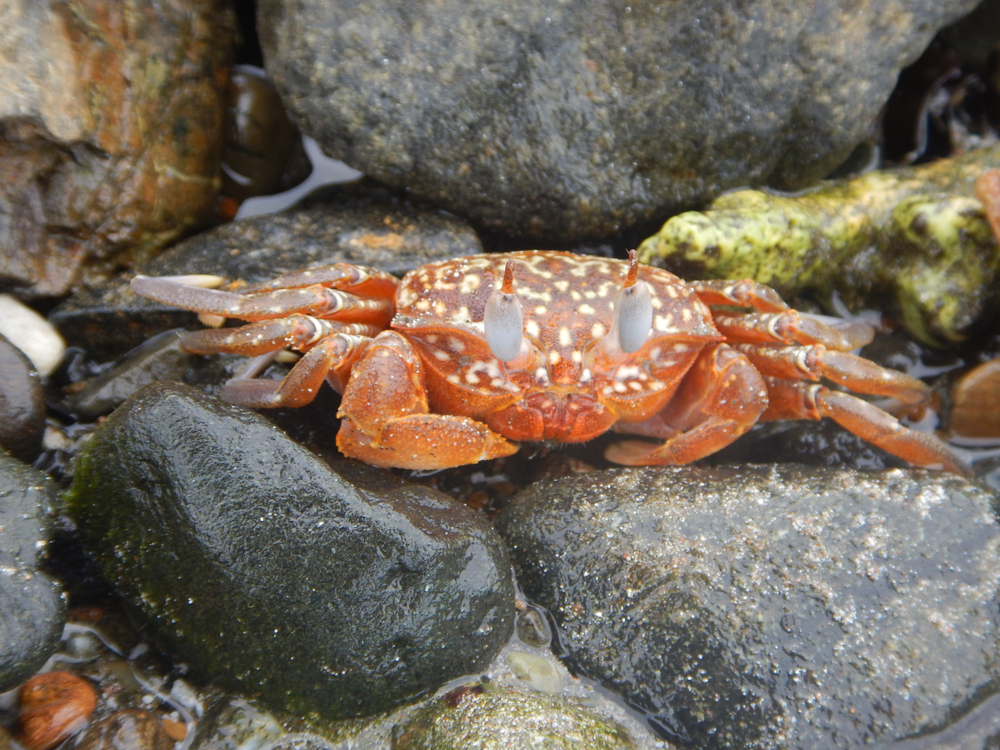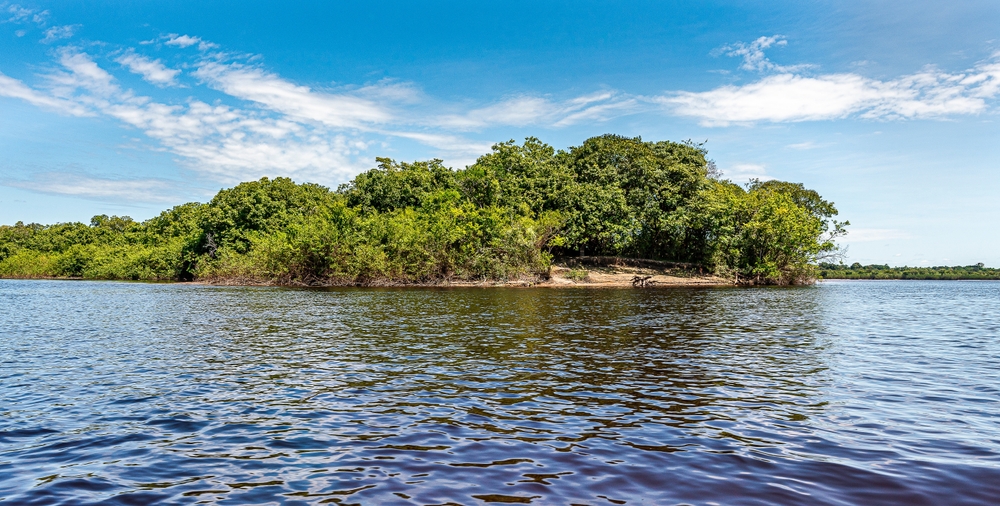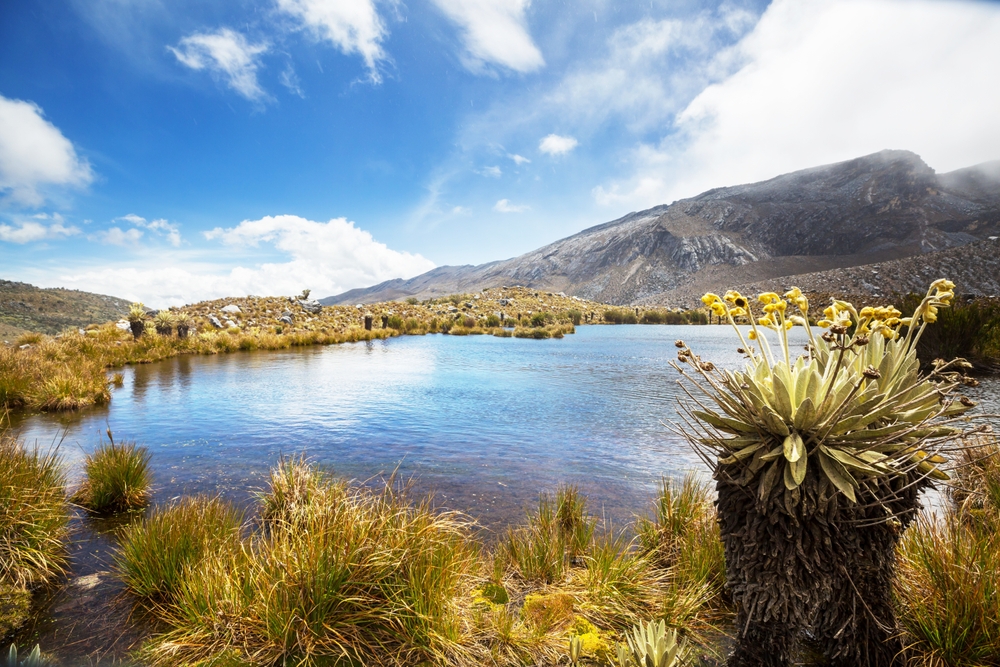Los Katios Overview
Los Katíos National Park, known locally as Parque Nacional Natural Los Katíos, is a biodiverse and ecologically significant protected area in northwestern Colombia.
Covering approximately 280 square miles (720 square kilometers), the park is located in the departments of Chocó and Antioquia, near the border with Panama. It serves as a crucial link between the tropical ecosystems of Central and South America, forming part of the Darién Gap, a dense and largely impassable rainforest that plays a key role in regional biodiversity.
The park’s status as a UNESCO World Heritage Site highlights its ecological importance, particularly as a habitat for a rich variety of flora and fauna.
The landscape of Los Katíos National Park is dominated by dense rainforests, swamps, and floodplains, creating a mosaic of ecosystems that support a vast array of plant life. The park features lowland tropical forests, humid montane forests, and seasonally flooded wetlands.
Notable geographical features include the Serranía del Darién, a mountain range that reaches heights of around 2,600 feet (800 meters), and the cascading Tendal and Tilupo waterfalls.
The Atrato River, one of Colombia’s most significant waterways, runs along the park’s boundary, contributing to the area’s wetland ecosystems. The terrain varies between rolling hills, plateaus, and dense jungle, providing a range of habitats for unique and often endangered species.
Los Katíos is home to an astonishing diversity of wildlife, with many species that are either endemic or rare. Among the park’s most notable mammals are the endangered Baird’s tapir, the giant anteater, and the elusive jaguar, which finds refuge in the dense jungle.
The park also supports populations of neotropical otters, white-lipped peccaries, and several species of monkeys, including the Geoffrey’s spider monkey and the mantled howler monkey. Birdlife is particularly abundant, with over 400 recorded species, making it an essential birding destination.
The harpy eagle, one of the world’s most powerful raptors, can be spotted soaring over the canopy, while vibrant toucans, trogons, and manakins thrive in the understory. Migratory birds also pass through the park, making it an essential corridor for avian biodiversity.
One of the park’s most popular features is the Ciénaga de Tumaradó, a vast wetland complex that provides crucial habitat for aquatic species and serves as a feeding ground for many birds. Visitors are also drawn to the striking waterfalls and the scenic hiking trails that cut through the thick rainforest.
The region’s cultural history is reflected in the presence of Indigenous Embera communities, who have lived in the area for centuries and continue to maintain their traditional ways of life.
Exploring Los Katíos National Park is a challenging but rewarding experience. Guided eco-tours offer the best way to navigate the dense jungle and waterways, with options for hiking, wildlife observation, and birdwatching.
River excursions along the Atrato provide a different perspective of the park’s landscapes and allow visitors to appreciate the rich aquatic life. Due to its remote and sensitive environment, access to the park is regulated, and visitors are encouraged to follow conservation guidelines.
Conservation efforts in Los Katíos have faced challenges, particularly due to deforestation, illegal logging, and habitat fragmentation. The park has also been affected by human encroachment and poaching, putting pressure on its ecosystems.
However, recent efforts by Colombian authorities and international conservation groups have helped to strengthen protections, including enhanced monitoring and collaboration with local communities. The park’s inclusion on the UNESCO World Heritage List has also increased awareness and funding for conservation projects.
Despite the challenges, ongoing restoration programs and stricter environmental policies are helping to ensure the long-term survival of this vital natural area.















































































